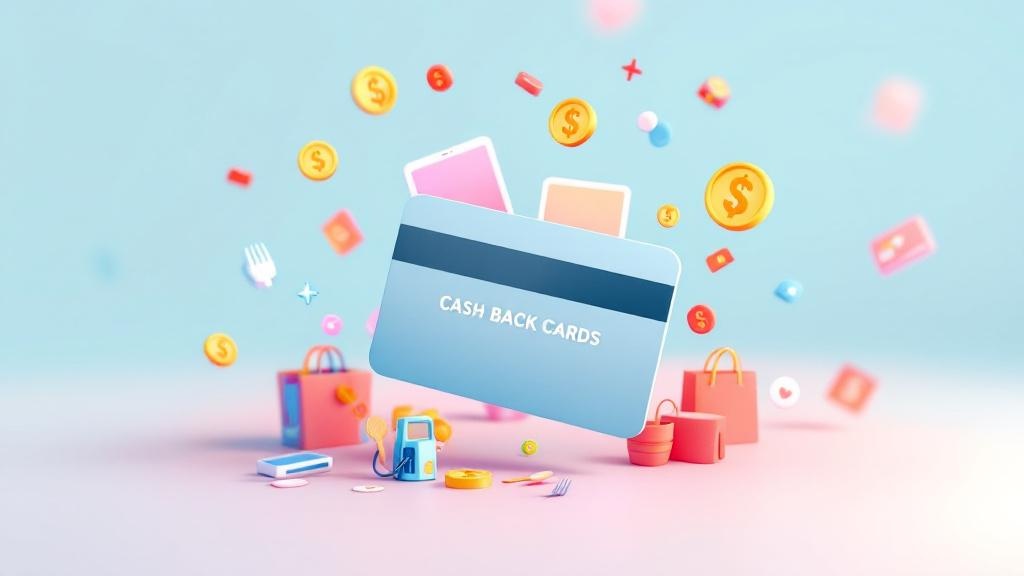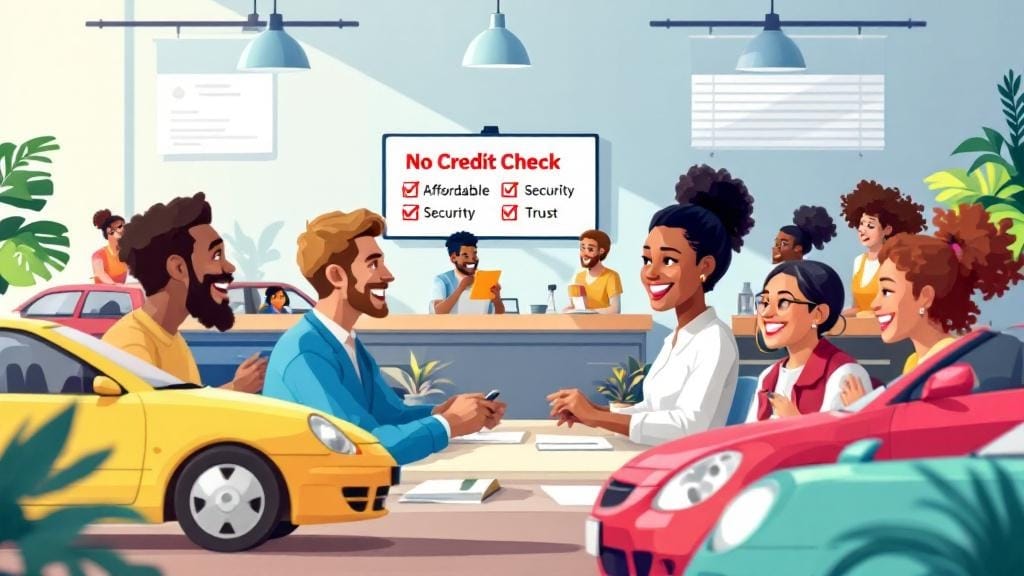Getting paid for spending money sounds too good to be true—until you discover Best cash back credit cards 2025. These rewarding tools let you earn a percentage of your spending back in the form of cash. Whether you’re shopping for groceries, filling up gas, or paying monthly subscriptions, using the right cash back credit card can help you pocket hundreds of dollars every year.
But not all cash back cards are created equal. Some offer flat-rate rewards, others provide rotating bonus categories, and a few shine with tiered cash back structures. This guide will walk you through the essentials of how these cards work, which ones are worth applying for, and how to make the most of every swipe.
💳 What Are Best cash back credit cards 2025?
Cash back cards are a type of rewards credit card that gives you a percentage of your purchases back in cash. Unlike point-based systems, which may require conversions, these cards are straightforward—you spend, and you get a portion of it back.
How It Works:
You spend $1,000 using your cash back card.
Your card offers 2% back on all purchases.
You earn $20 in cash rewards.
That cash can typically be redeemed as a statement credit, direct deposit, or even gift cards, depending on the issuer.
🏆 Best Cash Back Cards in 2025
Finding the right cash back card depends on your spending habits, preferences, and financial goals. Here are some top picks categorized by unique strengths:
1. Best Flat-Rate Cash Back Card:
Wells Fargo Active Cash® Card
2% unlimited cash back on all purchases
No annual fee
$200 welcome bonus offer after meeting minimum spend
Great for: Simple spenders who want hassle-free rewards
2. Top Tiered Cash Back Card:
Blue Cash Preferred® Card from American Express
6% on U.S. supermarkets (up to $6,000/year), 3% on transit and gas
High cash back card with focused categories
$95 annual fee (waived first year)
Best for: Families and commuters who spend heavily in specific areas
3. Best Rotating Category Card:
Chase Freedom Flex℠
5% cash back on rotating bonus categories (up to $1,500/quarter)
1% on everything else
No annual fee
Welcome bonus: $200 after $500 spend in 3 months
Ideal for: Savvy spenders willing to track categories
4. Best for Signup Bonus:
Capital One SavorOne Cash Rewards
$200 cash back after $500 in first 3 months
3% on dining, groceries, entertainment, streaming
No annual fee
Great for: Outgoing individuals who want quick rewards
5. Best for Big Spenders:
Citi® Double Cash Card
Earn 2% back: 1% when you buy, 1% when you pay
Simple, flat-rate rewards
No cap on earnings
Perfect for: Those who want unlimited cash back cards with no fuss
🛠️ Types of Cash Back Structures
Understanding how your card rewards you is crucial. Here are the three primary cash back rewards card models:
1. Flat-Rate Cash Back
Same rate on every purchase (e.g., 2%)
Easy to track and use
Best for people with varied spending habits
2. Tiered Cash Back
Different rates for different categories (e.g., 3% on groceries, 2% on gas)
Maximizes rewards in common areas
Requires attention to category spending
3. Rotating Categories
Categories change quarterly (e.g., Q1 = groceries, Q2 = gas)
Often offers 5% cash back up to a capped amount
Requires activation each quarter
💡 How to Choose the Right Cash Back Card
When selecting a cash back card, ask yourself:
Do you want flat-rate or category-based rewards?
Is there a signup bonus?
Are you okay with an annual fee, or prefer no annual fee cash back cards?
Do you qualify for cards with good credit or excellent credit?
Will you use the card enough to outweigh the APR or fees?
Also, consider the annual percentage rate (APR), especially if you plan to carry a balance—though ideally, you’d pay in full each month to avoid interest.
💰 Maximizing Your Cash Back
1. Use the Right Card for the Right Purchase
Keep more than one card if needed—one for groceries, another for travel or gas.
2. Track Rotating Categories
Set reminders to activate quarterly bonus categories.
3. Automate Your Bills
Put recurring bills like subscriptions or streaming services on your cash back card to earn passively.
4. Watch Your Credit Utilization
Using over 30% of your available limit can impact your credit score—even if you pay it off.
5. Always Pay in Full
Avoid interest charges that cancel out your cash back rewards.
🔄 Cash Back Redemption Options
You’ve earned your rewards—now what?
Here’s how most issuers let you redeem:
Statement Credit: Reduces your card balance
Bank Deposit: Transfer directly to your checking account
Gift Cards: Often to major retailers
Merchandise: Less common and usually less value per dollar
Pro Tip: Statement credit or bank deposit usually offers the best value.
💳 Cash Back vs Points: Which Is Better?
Cash back is straightforward—what you see is what you get.
Points cards may offer more value when redeemed for travel but are more complex.
For everyday users who want simplicity and free money from purchases, cash back cards win.
📈 Real-Life Example
Let’s say you use a 2% cash back card for $25,000 in annual expenses:
$25,000 x 2% = $500 back every year
That’s enough to cover a weekend trip, your phone bill for months, or a holiday splurge
Now imagine stacking that with signup bonuses, category bonuses, and partner offers—you could potentially earn $700–$1,000/year just by shifting how you pay.
📋 Pros and Cons of Cash Back Cards
✅ Pros:
Simple and easy to understand
No restrictions on redemption
Works great for everyday purchases
Often come with no annual fee
❌ Cons:
Some rewards have limits (e.g., $1,500/quarter cap)
Rotating categories require activation
Cards with higher rewards may have annual fees
Interest charges can cancel out your rewards if you carry a balance
🤔 FAQs About Cash Back Cards
1. What’s the difference between cash back and points?
Cash back gives you direct monetary rewards. Points may offer higher value but are harder to redeem and compare.
2. Can I get cash back with bad credit?
Most top-tier cash back credit cards for good credit require a 670+ score. If you’re rebuilding credit, start with secured cards that offer cash back.
3. Are there cash back cards with a signup bonus?
Yes! Many cards offer welcome bonus offers (like $200) if you spend a set amount in the first 90 days.
4. How does APR affect my cash back earnings?
If you carry a balance, the annual percentage rate (APR) can quickly outweigh any cash back you earn. Always try to pay in full.
5. What’s a tiered cash back structure?
It means you earn different cash back rates for different types of purchases—for example, 3% on dining, 2% on gas, and 1% on everything else.
6. How do I redeem cash back rewards?
Most cards offer redemption through statement credit, direct deposit, or gift cards. Choose the option that provides the full dollar value.
7. What happens if I return a purchase made with a cash back card?
Your earned rewards on that transaction will typically be deducted from your balance when the return is processed.
🎯 Final Thoughts
Cash back cards are one of the easiest ways to earn free money just by doing what you already do—spend. Whether you’re a minimalist spender who prefers flat-rate rewards or a strategic user chasing category bonuses, there’s a cash back rewards card that fits your lifestyle.
Just remember: Pay your balance in full, watch your utilization, and choose the right card that complements your habits. Over time, those small cash rewards can add up to something big.








Comments (0)